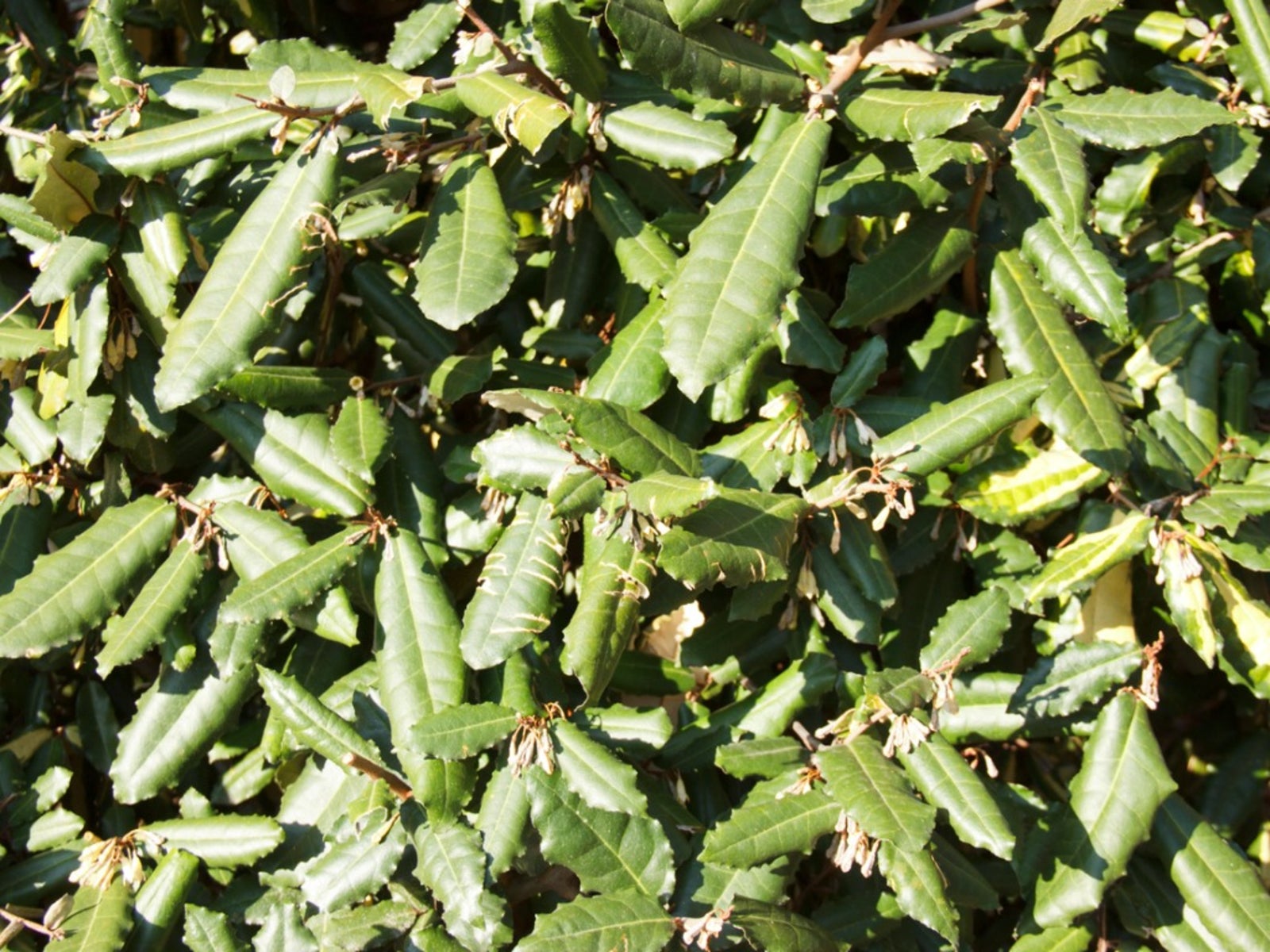Is Thorny Olive Invasive – Learn How To Control Thorny Olive Plants


Elaeagnus pungens, more commonly known as thorny olive, is a big, thorny, fast-growing plant that is invasive in some parts of the United States and hard to get rid of in many more. Native to Japan, the thorny olive grows as a shrub and occasionally as a vine that reaches anywhere from 3 to 25 feet (1-8 m.) in height. Thorny olive control can be difficult because of the long, sharp thorns that sprout from its branches, and because of the spread of seeds from its fruit. Keep reading to learn more facts on Elaeagnus pungens and how to control thorny olive plants.
Is Thorny Olive Invasive?
Where is thorny olive invasive? In Tennessee and Virginia it is, but it’s a nuisance in many other states as well. It’s hardy in USDA zones 6 through 10 and is easily spread through the droppings of birds that have eaten its fruit. It’s also very tolerant of drought, shade, salt, and pollution, meaning it will spring up in all kinds of spaces and will often crowd out native plants. Thorny olive does have its place and is very effective as a barrier, but because of its propensity to spread, it is often not worth it.
How to Control Thorny Olive Plants
Managing thorny olive plants works best with a combination of manual removal followed up by chemical application. If your plant is large and established, you might need a chainsaw or at least hedge clippers to cut it back close to the ground. You can dig up the root ball or, for an easier time, spray the exposed ends of the stumps with a strong herbicide solution. When the stumps sprout new growth, spray them again. The best time to do your thorny olive control is before the plant fruits in the autumn to prevent the spread of seeds. Note: Chemical control should only be used as a last resort, as organic approaches are safer and much more environmentally friendly.
Gardening tips, videos, info and more delivered right to your inbox!
Sign up for the Gardening Know How newsletter today and receive a free copy of our e-book "How to Grow Delicious Tomatoes".

The only child of a horticulturist and an English teacher, Liz Baessler was destined to become a gardening editor. She has been with Gardening Know how since 2015, and a Senior Editor since 2020. She holds a BA in English from Brandeis University and an MA in English from the University of Geneva, Switzerland. After years of gardening in containers and community garden plots, she finally has a backyard of her own, which she is systematically filling with vegetables and flowers.
-
 Grow ‘Karl Rosenfield’ Peony Plants For The Ultimate Frilly Border Beauties And Cut Flowers
Grow ‘Karl Rosenfield’ Peony Plants For The Ultimate Frilly Border Beauties And Cut FlowersFor frilly double magenta peony petals infused with a heady fragrance, grow ‘Karl Rosenfield’ peony plants. Here’s how to cultivate the ultimate plushy blooms
By Tonya Barnett
-
 10 Common Composting Problems That Can Spoil Your Garden Gold – Plus Easy Fixes
10 Common Composting Problems That Can Spoil Your Garden Gold – Plus Easy FixesLearn how to troubleshoot common composting issues before they ruin your stash – from bad smells and bugs to materials not breaking down as they should.
By Susan Albert